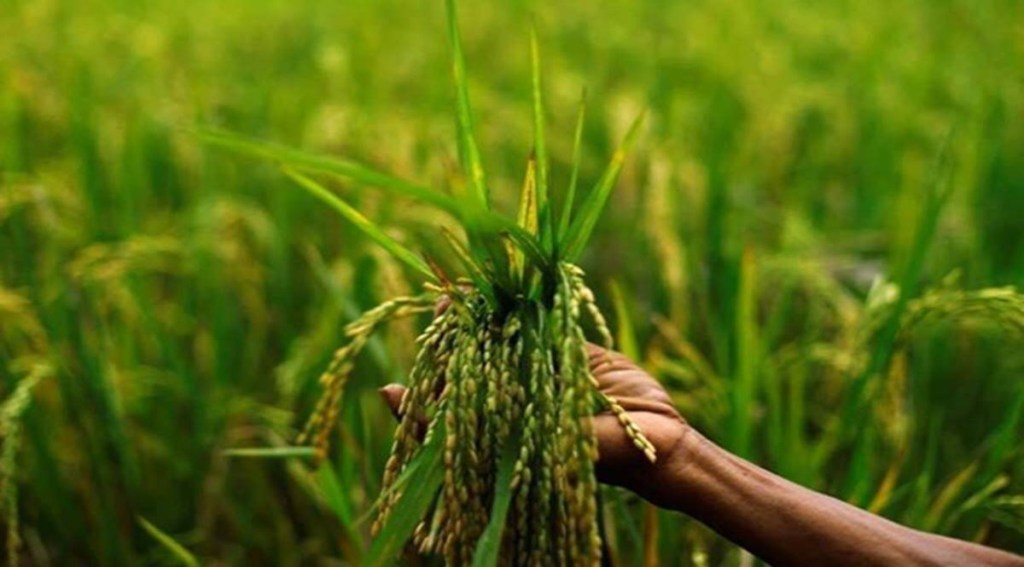In a first-of-its-kind initiative to incentivise small farmers for adoption of environmentally sustainable agriculture practices, especially in the rice growing regions of the country, a collaborative joint sector programme is being launched where farmers would be able to earn carbon credit for using low tillage and direct seeding techniques.
The carbon farming programme is being initiated by a private entity Grow Indigo (GIPL), a joint venture between seed major Mahyco and US-based Indigo. The programme will initially focus on rice growing areas of Punjab and Haryana and subsequently scale up by covering Uttar Pradesh, Bihar, Odisha, Chhattisgarh, Andhra Pradesh and Telangana.
The farmers in the key rice growing region could earn carbon credit after adopting sustainable practices which results in reduction in greenhouse gases and improve soil carbon sequestration.
“We have brought 4,000 hectare in Punjab under the carbon farming programme while a MoU with Haryana will be signed shortly,” Usha Zehr, executive director, GIPL, told FE. Indian Agricultural Research Institute (IARI), will provide its expertise in remote sensing technology for satellite monitoring of paddy fields registered by farmers under the project for validating claims of their adoption of sustainable practices.
Zehr said the programme will be certified under the carbon standard (Verra) protocol, which is a global voluntary GHG reduction programme. On the basis of certification, the carbon credit will be awarded to farmers. Besides, GIPL will help farmers market their produce for better prices.
“Efforts towards adoption of regenerating agricultural practices by farmers would be suitably incentivised through this unique initiative,” Ashok Kumar Singh, director, IARI, said. Singh said that this programme could create a market for carbon trading for Indian farmers.
Carbon credits from farmers can be purchased by those industries, especially aviation, mining or manufacturers of fertiliser, who are not in a position to reduce their carbon footprints because of the very nature of their business. According to estimates, the value of one carbon credit is around $10.
India is also world’s second-biggest rice producer after China with an estimated production of 127.93 million tonne (mt) in 2021-22 crop year (July-June) while India continues to be the world’s biggest rice exporter with estimated exports of more than 17 mt in 2021-22.
According to scientists, microbes in flooded rice field produce methane, some of which is emitted into the atmosphere. Because of the intensive farming system adopted after the Green Revolution, soil fertility has dropped sharply. If paddy straw is not burnt and put back into the soil, the organic carbon content of the soil gets enhanced, thus improving fertility.
Meanwhile, agri digital platform nurture.farm, in a recent statement, said it has sold 20,000 carbon units from agricultural waste, first time an Indian firm has entered the global carbon market through the farm sector, Dhruv Sawhney, Business Head and COO of nurture.farm, said. India is well-placed to pioneer agriculture-related carbon credit trading as it is the world’s second-largest producer of key staples, including rice, wheat, fruit and vegetables. “India is also the world’s third largest emitter of greenhouse gases” Sawhney said.


